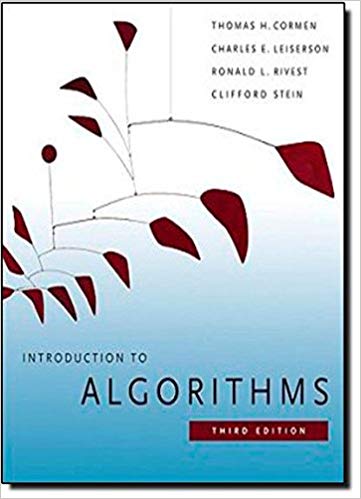Answered step by step
Verified Expert Solution
Question
1 Approved Answer
1. COCOMO II Application Composition Model: PM (NAP x (1-%reuse/100))/PROD Developer's Very low Low Nominal High Very high experience and capability ICASE Very low



1. COCOMO II Application Composition Model: PM (NAP x (1-%reuse/100))/PROD Developer's Very low Low Nominal High Very high experience and capability ICASE Very low Low Nominal High Very high maturity and capability PROD 4 7 13 25 50 (NAP/month) 2. COCOMO II Early Design Model: Effort = A x Size x M Where M = PERS* RCPX * RUSE * PDIF * PREX * FCIL * SCED; and A 2.94 in initial calibration. Early Design Cost Driver Counterpart Combined Post-Architecture Cost Drivers RCPX RUSE PDIF PERS PREX FCIL SCED RELY, DATA, CPLX, DOCU RUSE TIME, STOR, PVOL ACAP, PCAP, PCON AEXP, PEXP, LTEX TOOL, SITE SCED Table 12: Early Design and Post-Architecture Effort Multipliers The COCOMO II Definition Manual: https://www.rose- hulman.edu/class/cs/csse372/201310/Homework/CII_modelman2000.pdf 3. COCOMO II Re-use Model: PM auto (ASLOC x AT/100) / ATPROD ESLOC ASLOC x AAM ESLOC with some code adaptation = ASLOC x (1-AT/100) x AAM AAM Sum (AAF + SU + AA) AAF UNFM(DM) + UNFM (CM) + UNFM(IM) % of design modified (DM), % of code modified (CM), % of modification to the original integration effort required for integrating the reused software (IM). UNFM Increment 0.0 0.2 0.4 0.6 0.8 1.0 Level of Unfamiliarity Completely familiar Mostly familiar Somewhat familiar Considerably familiar Mostly unfamiliar Completely unfamiliar 4. COCOMO II Post-Architecture Model: Effort Ax Size x M Cost Driver Rating Very Low Low Nominal High Very High Extra High RELY 0.75 0.88 1.00 1.15 1.39 DATA 0.93 1.00 1.09 1.19 CPLX 0.75 0.88 1.00 1.15 1.30 1.66 RUSE 0.91 1.00 1.14 1.29 1.49 DOCU 0.89 0.95 1.00 1.06 1.13 TIME 1.00 1.11 1.31 1.67 STOR 1.00 1.06 1.21 1.57 PVOL 0.87 1.00 1.15 1.30 ACAP 1.50 1.22 1.00 0.83 0.67 PCAP 1.37 1.16 1.00 0.87 0.74 PCON 1.24 1.10 1.00 0.92 0.84 AEXP 1.22 1.10 1.00 0.89 0.81 PEXP 1.25 1.12 1.00 0.88 0.81 LTEX 1.22 1.10 1.00 0.91 0.84 TOOL 1.24 1.12 1.00 0.86 0.72 SITE 1.25 1.10 1.00 0.92 0.84 0.78 SCED 1.29 1.10 1.00 1.00 1.00 The A Constant for Different Software Project Types: System (Project Type) A Organic (e.g. very familiar to the organisation) 3.2 Semi-detached 3.0 Embedded or Novel 2.8 B Sum(Prec + DevMat + ArchRes + TeamCoh + ProMat) + 1.01 Prec: Precedendeness DevMat: Development flexibility ArchRes: Architecture/risk Resolution TeamCoh: Team cohesion ProMat: Process Maturity
Step by Step Solution
There are 3 Steps involved in it
Step: 1

Get Instant Access to Expert-Tailored Solutions
See step-by-step solutions with expert insights and AI powered tools for academic success
Step: 2

Step: 3

Ace Your Homework with AI
Get the answers you need in no time with our AI-driven, step-by-step assistance
Get Started


